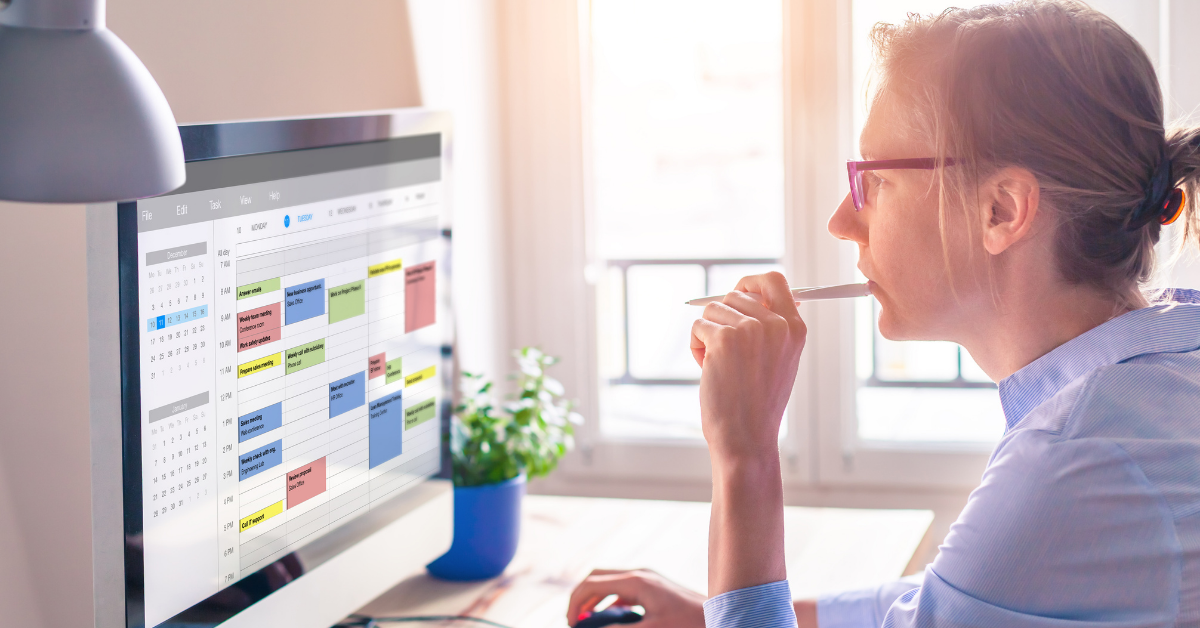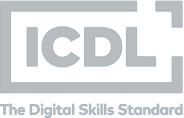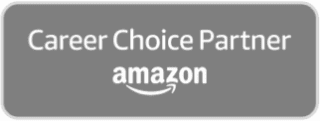How many times have you seen employees and essential workers tell you how busy they are? Sometimes it seems as if there is an infinite amount of work. Heck, some people can be busy for months and still have work piling up.
Then there are others where it seems they almost never have work, or they just get it done fast.
Well, did you know there is a difference between being busy and being productive?
Being productive with your skill set means that you can accomplish many things within a short span of time and be organised about it. Here is how to go from being busy to being productive.
1. Organise the Ultimate To-Do List
When there is a lot of work to be done, it can be quite jarring to juggle them all without a plan. So, instead of getting started on the get-go, start by writing everything down and organising your tasks in a one big to-do list.
Literally, put every single task you can think of, big or small, onto this list. Following David Allen’s 5-step Get Things Done (GTD) methodology will yield great results. Here are the steps in his methodology:
- Have a central hub for all the things you need to keep up with. For example, add your to-do list, ideas, emails, and notes on a Google Drive.
- Break down each item you have noted down into the easiest next step. For example, instead of planning to write an article, plan to write an outline first.
- Organise your tasks by category and priority – such as urgent work or important big projects.
- Review and update your central hub weekly.
- Get started on the easiest high priority item first and work your way down the list.
With one big to-do list, you will quickly notice that different tasks deserve different levels of attention. There are tasks that need to be done within 24 hours, or projects that need to be worked on over the course of the month. You will also start to identify long-term goals for your career growth.
2. Prioritize in Terms of Day, Week, Then Month
Productivity consultant Brian Tracy states that the best to-do lists are milestones of longer term to-do lists. For example, daily to-dos contribute to weekly to-dos which then contribute to monthly and long term goals.
Your overall efficiency and productivity skyrockets when your daily priorities are always aligned with your bigger goals.
When tasks are prioritised in such a way, it greatly reduces completion bias and procrastination. You wouldn’t get sidetracked by chores because you’re dreading the big, long project you just took on.
A well thought out to-do list gives you manageable and sometimes enjoyable tasks, while always contributing to your long-term goals, meaning you’re always striding forward.

3. Understand the Difference Between Urgent and Important
When it comes to working, many people just do not know which tasks to work on first.
There are so many things to juggle that everything seems to be a top priority, which can feel quite overwhelming. Fortunately, this is easily fixed by understanding the difference between urgent and important.
When prioritizing tasks, it is recommended that you identify which category they best fit in:
- Urgent and important: Do it ASAP!
- Important, but not urgent: Decide when you will do these and schedule a deadline for it.
- Urgent, but not important: Delegate these tasks to someone else.
- Neither urgent nor important: Drop these like a hot potato.
Created by former US president Dwight Eisenhower, the Eisenhower Matrix is a nifty little four-quadrant box that helps you separate urgent tasks from important ones.
Urgent tasks include things you feel like you need to do in that instant. For example, cold calls, texting, emailing. Whereas important tasks are things that contribute to your long-term career and personal growth. That might include completing daily tasks, improving your skill sets, or learning something new.
4. Identify the True Values of Each Priority
Sometimes, when there is too much on our plates, everything can feel both urgent and important. The feeling of needing to do everything RIGHT NOW can become incredibly stressful.
Fret not, there is a century old technique created by productivity consultant Ivy Lee to combat this exact problem. Here is her 5-step method:
- At the end of each workday, write down the 6 most important things you need to accomplish tomorrow. Do not write down more than 6 tasks.
- Prioritise those six items in order of their value of importance.
- When the next day comes, concentrate only on the first task. Work until the first task is finished before moving on to the next one.
- Do this with the rest of your list. At the end of the day, move any unfinished items to a new list of six tasks for the following day.
- Rinse and repeat this process for every working day.
By limiting yourself to 6 tasks or less from a list of many tasks, you create a limitation for yourself that forces you to prioritise more efficiently.
5. Eat the Frog First Thing in the Morning
“If it’s your job to eat a frog, it’s best to do it first thing in the morning. And if it’s your job to eat two frogs, it’s best to eat the biggest one first.”
― Mark Twain
Research shows that doing big tasks first thing in the morning boosts your daily productivity. The study proves that our brains feel a great sense of accomplishment and motivation when we can eat the frog right after we wake up.
Adversely, the more we do not complete it, the more we dread it. Prioritization makes work easy
When you are absolutely swamped with important and urgent tasks, do not worry, just take it one task at a time.
Start off by listing out all your tasks on an ultimate to-do list. From there, you can use prioritisation methods to create a daily productivity list.
By doing so, you can increase your efficiency and minimise any future risks of over encumbering yourself with too much work.
Instead of drowning in responsibilities, you will always have organised, manageable and productive days. You will not only get your work done faster and more efficiently; you’ll also be able to improve your skills even further that way!


















